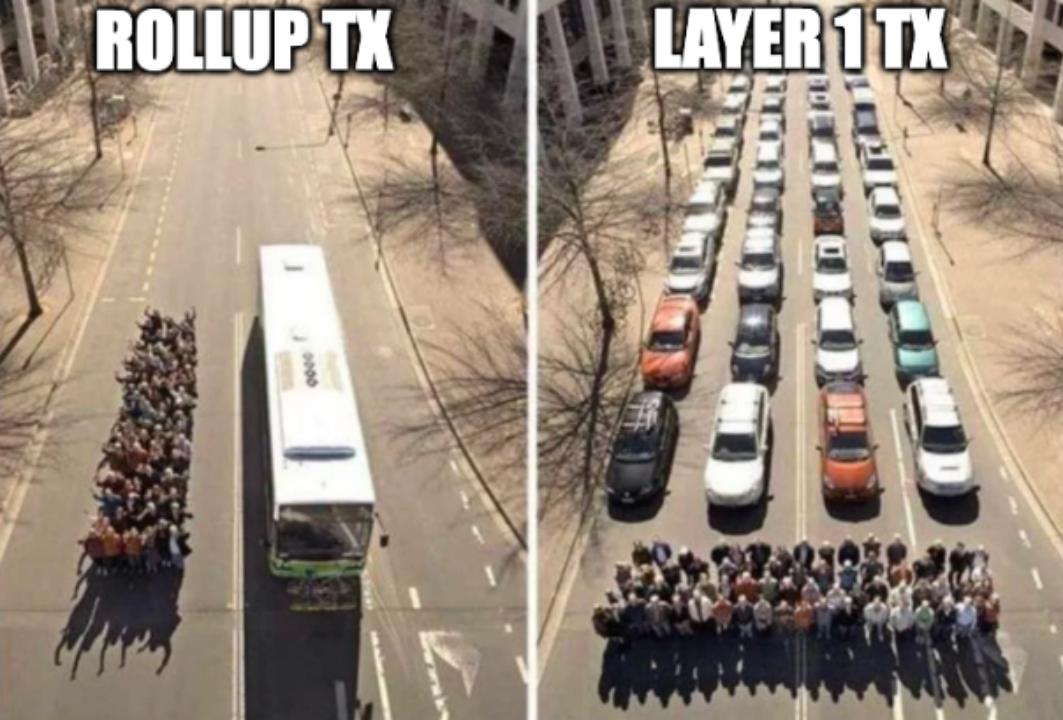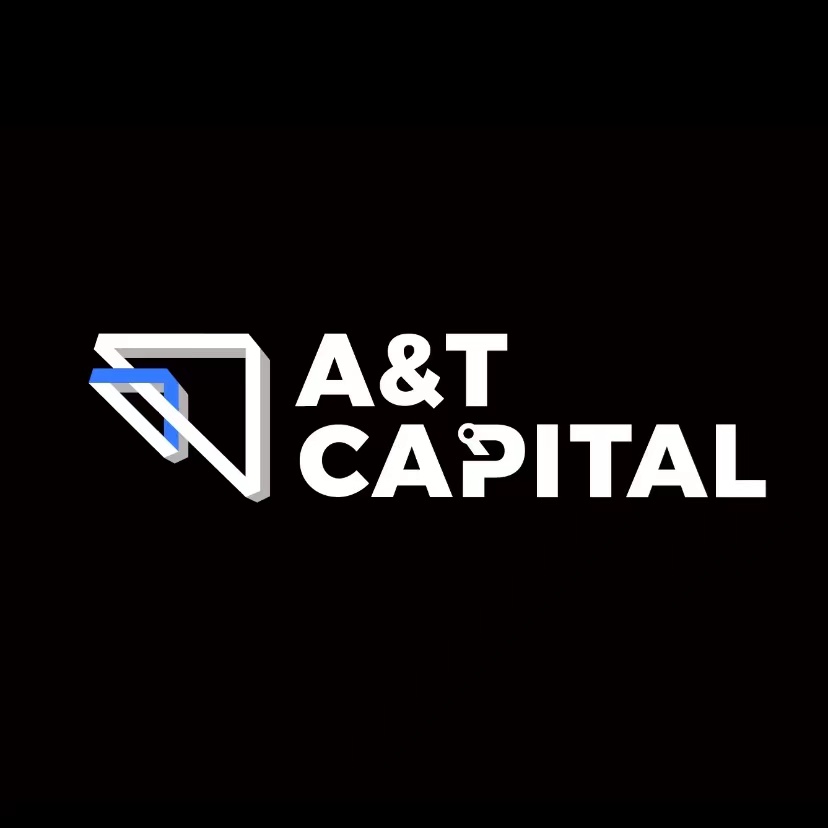Original Author: Shervin Beyk,first level title
image description
 Source: @pseudotheos
Source: @pseudotheos
Rollups alleviates the performance bottleneck of Layer 1 by efficiently executing transactions off-chain and passing verifiable execution results back to the chain. The security of Rollups comes from the consensus and data availability of the underlying Layer 1. Although in the early stages of development, the Rollup ecosystem offers a versatile design for dApp developers due to its modular and customizable nature.
first level title
2. Overview of Rollups-as-a-Service (RaaS)

secondary title
2.1 SDK
Celestia's Rollkit Celestia's Rollkit is a solution that enables autonomous Rollup deployment, providing full control over execution and settlement. It is built using a modified version of the Cosmos SDK to communicate via IBC. Once deployed, these Rollups use Celestia for consensus and data availability.
OP stack
The OP stack leverages the OP Rollup technology to organize the network into three distinct layers: the consensus layer, the execution layer, and the settlement layer. To simplify development, these three layers are standardized through APIs, allowing developers to easily fork and assemble components to meet their specific needs.
Dymension
The RollApp toolkit Dymension's RDK is similar to the Cosmos SDK and supports a variety of virtual machines. This allows developers to choose from a variety of smart contract platforms, such as CosmWasm or Ethermint, or any other supported by the Cosmos ecosystem.
Sovereign SDK
The Sovereign SDK aims to simplify the creation of zk-Rollups, just like the Cosmos SDK did for App-chains. It will be the first rolling framework that eliminates zero-knowledge complexity, allowing developers to easily build their applications without requiring advanced cryptographic skills. Using the Sovereign SDK, developers can write their applications in Rust or C++, and the SDK will take care of compiling them into an efficient zk virtual machine.
summary
summary
Celestia's Rollkit provides a solution for deploying sovereign Rollups using the Cosmos SDK and communicating via IBC. OP Stack standardizes the network into three layers through API, making development easier. Dymension's RollApp Kit provides compatibility with various virtual machines, allowing developers to choose from different smart contract platforms. The Sovereign SDK is the first Rollup framework to remove zero-knowledge complexity, allowing developers to easily build applications without requiring advanced cryptographic skills.
- Availability of these SDKs means: (1) the maturing RaaS market; (2) the need for an easy-to-use, user-friendly rollup deployment solution.
secondary title
image description

Source: @0x Constellation
Constellation
Constellation allows developers to easily deploy Rollups using the OP Stack. These Rollups are compatible with OP EVM Compatible Rollups and are optimized for fast performance. Each "Constellation Chain" includes block explorers and bridges, and can be customized with options such as block times and account permissions.
AltLayer
AltLayer enables developers to launch a scalable OP Rollup execution layer. Each Rollup is customized for a specific application, and the platform is designed to work with multiple blockchains and virtual machines. It supports Ethereum (EVM) and WebAssembly (WASM) for versatility. AltLayer serves as a flexible scaling solution for all compatible chains, not limited to a single layer 1 or layer 2.
Eclipse
Eclipse provides developers with extensible options to create and deploy their own Rollups, while also being able to choose any blockchain for added security and data storage.
Saga
Saga is developing a Web3 infrastructure to enable developers to create applications with exclusive block space. This exclusive block space guarantees fast speed, independence from other applications using the Saga, hassle-free upgrades, and reduced congestion.
summary
summary
secondary title
2.3 Shared Transaction Sequencer
Transaction orderers are nodes that collect transactions, create blocks, and send compressed transaction information to the main layer. Currently, all mainnet rollbacks use centralized transaction orderers, but RaaS projects like The Optimism Collective, Dymension, and Saga are developing decentralized transaction orderer systems.
For Optimism Collective, Optimism is creating a shared set of transaction orderer nodes for chains made with OP Stack. Chains using the OP Stack can opt-in to a group of transaction orderer nodes managed by the Optimism Collective.
Regarding Dymension, nodes will hold Dymension’s native tokens on the Dymension settlement layer and be elected based on their pledge weight. Finally, the Saga creates a set of transaction orderer nodes for Rollkit-powered chains via RaaS. According to the stake weight of the node, the operator will be assigned tasks in the Roll-up, and if they review or experience an outage, they may lose their tokens.
first level title
3. Summary: Advantages of RaaS
More control and customization: Rollups as a Service (RaaS) provides developers with more control over application development and deployment. This increased control enables developers to tailor their applications to specific business needs and provides them with greater flexibility in choosing the functions and features that best meet their needs.
Avoid sudden increases in transaction fees: One of the key advantages of RaaS is that it minimizes the risk of sudden increases in transaction fees due to network congestion. This ensures that developers can deploy their applications without the negative impact of unexpected cost increases.
Low-latency and high-throughput experience: RaaS provides developers with a low-latency and high-throughput experience, which is critical for applications that require real-time transactions. This provides developers with the ability to build and deploy fast and reliable applications to meet customer needs.
bridging fee
serialization fee
Rollup Development Fee
Settlement layer fees
Empowering developers to realize their vision without compromise: Fundamentally, RaaS frees developers to create what they envision within the constraints currently faced by blockchain development.
Internalizing MEV: RaaS provides developers with the ability to internalize miner extractable value (MEV), which can increase the overall revenue of the application.
Potential of transaction fees as protocol revenue: RaaS offers the potential to capture transaction fees as protocol revenue, which can increase the overall revenue of the application.
summary

Source: Constellation Feature Map
summary
While Rollups-as-a-Service offers many advantages, the new technology has potential risks. These risks include centralization, security and bridging vulnerabilities, and fragmentation of liquidity. Despite these concerns, as the technology advances, Rollups will simplify the experience for developers and users through an improved user interface and greater flexibility in the design of the native token economy. By improving security, reducing costs, and providing more control, Rollups has the potential to change the way blockchain applications are developed and used. By carefully evaluating these risks and benefits, developers can leverage Rollups-as-a-Service to address their specific needs.



